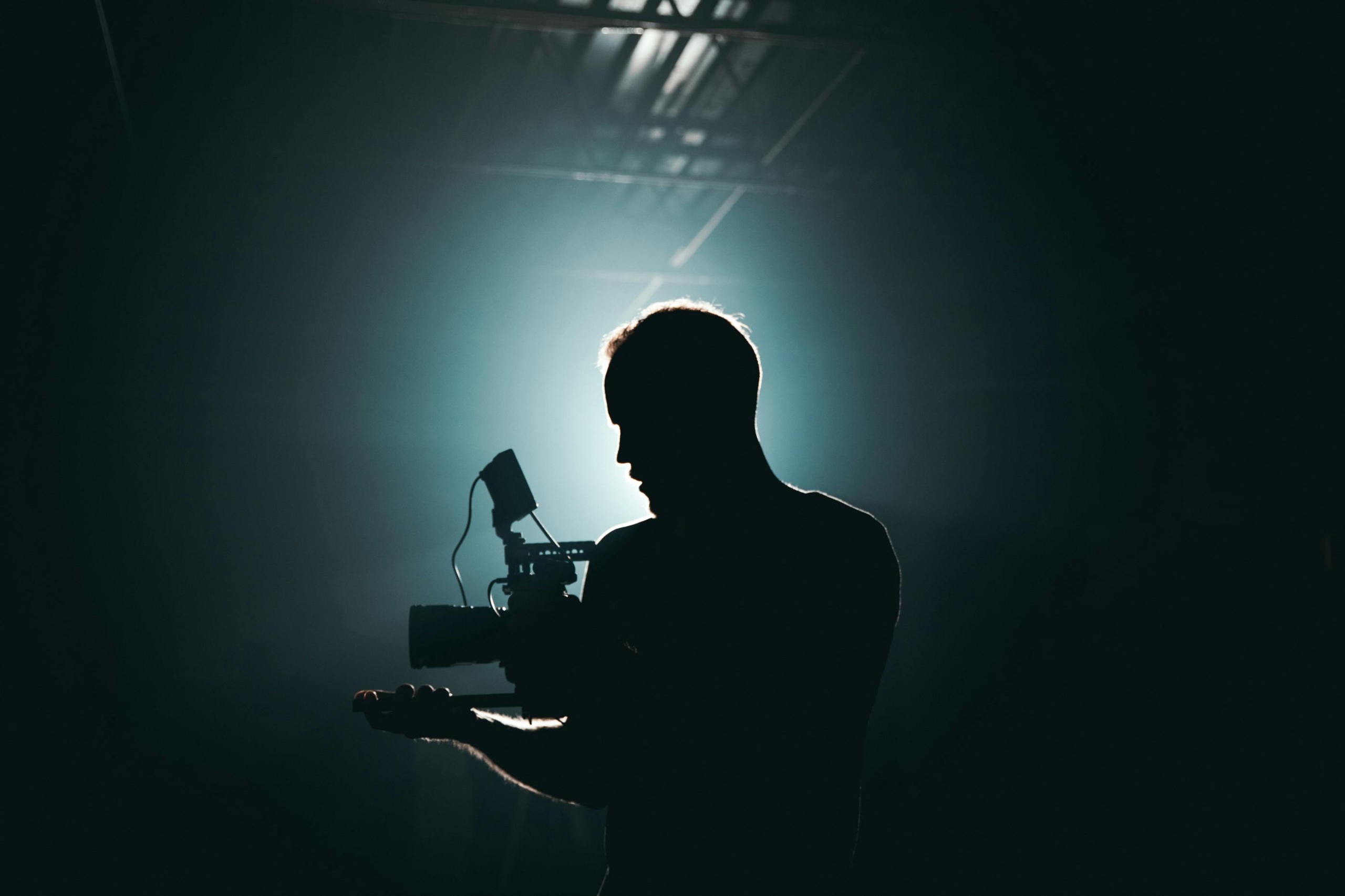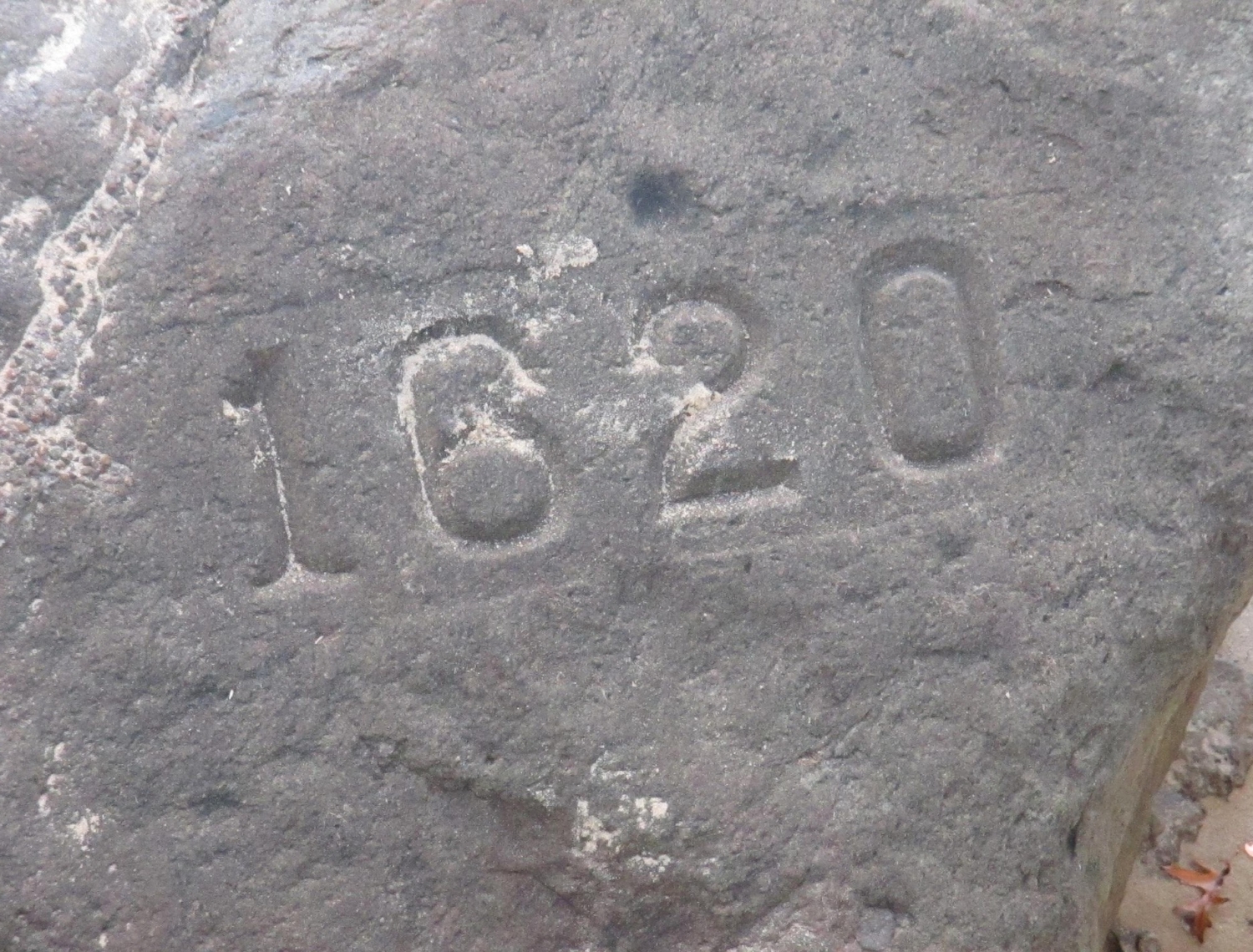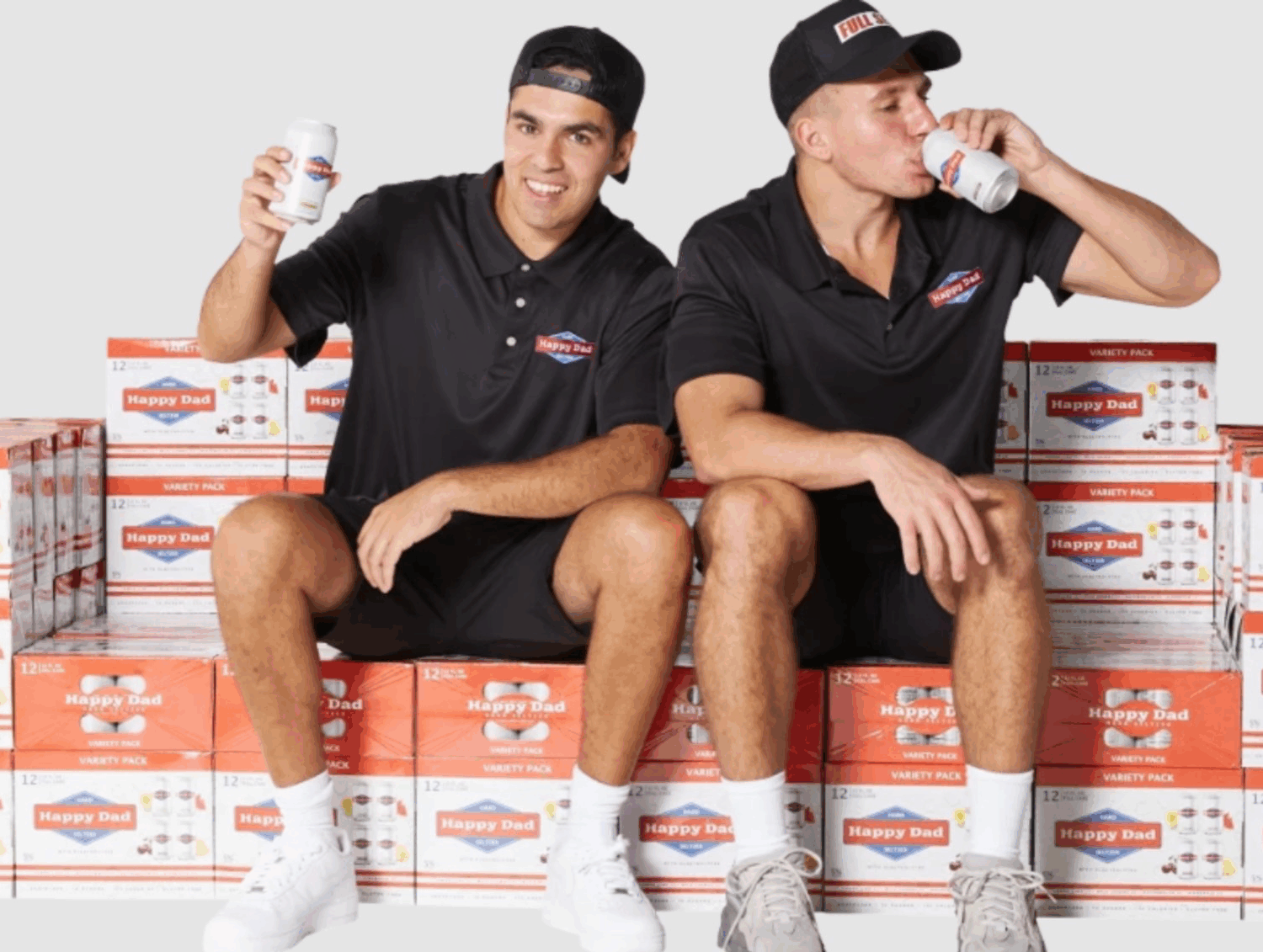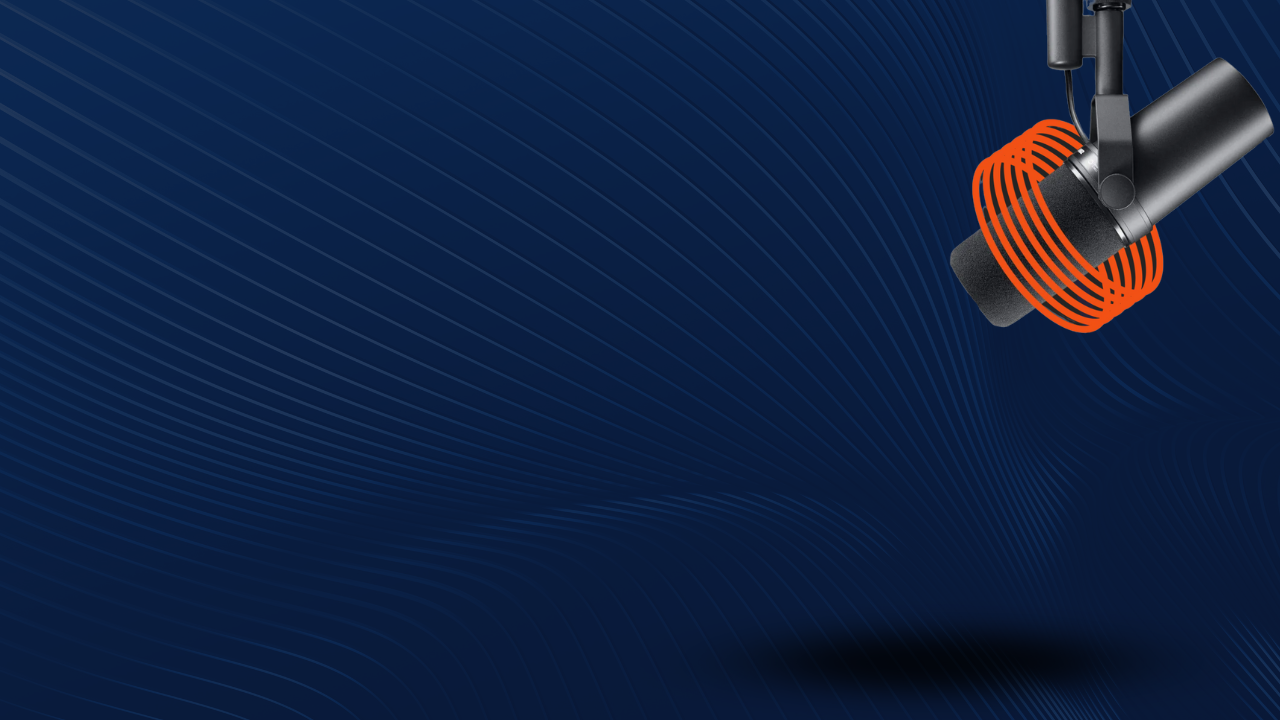Video’s Rise in Podcasting: Shaping the Future of Engagement and Consumption Trends is now available. Produced with Crooked Media, this new report from Sounds Profitable’s comprehensive Podcast Landscape study of over 5,000 Americans looks at the real story behind audio “vs” video, and the behavior patterns of consumers who primarily listen to audio versus those who primarily consume video. The full report and debut webinar starring Tom Webster and Giancarlo Bizzaro are available now.
Last week, Spotify made a big announcement at an event held in LA, with an audience full of the top names in both video podcasting and video creators. The focus of the event was on the latest addition to the Spotify Partner Program, which provides Spotify Premium subscribers with a dynamically inserted ad-free video experience and qualifying creators with a share of the revenue. They also re-rebranded Spotify for Podcasters, formerly Anchor, to Spotify for Creators.
I’ve been incredibly impressed by the coverage of this event from Ashley Carman at Bloomberg and James Cridland at Podnews, both of whom were in attendance. While I am going to rehash some of what they’ve covered, I won’t be touching on everything and I do encourage you to make time to read their work.
This program really solidifies what Spotify’s attempt at video will be and sees them doubling down further on Premium subscriptions, their main source of revenue. And while it’s easy to view this as Spotify de-prioritizing Podcasting, from changing the platform to Spotify for Creators and challenging RSS delivery on video and audio, this announcement wasn’t for (most of) us. It was a flag in the sand, telling video creators that Spotify is now open to them, with no obligation to create an audio-only version.
The Finer Details
There are four incredibly important details I’d like to call your attention to.
The first is that by uploading a video podcast to Spotify, no aspect of the RSS feed or your audio podcast will be called for your audience using the Spotify app. That cached file, hosted by Spotify, is played seamlessly for Spotify consumers, regardless of whether they’re watching or listening to your show. Every single play of that episode is now a video.
Which means for that audience on Spotify, a complete loss of:
- IAB Certified Downloads and the Ad Delivered metric
- The ability to fire analytics or attribution prefix URLs and Ad Delivery tracking
- Log-level data or any reporting within your hosting platform
- Dynamically inserted ads from your hosting platform
- Streaming Ad Insertion is offered to select Megaphone publishers to serve in-app audio ads.
- The ability to manage your own programmatic relationships
Second, because Spotify is still more than happy to call your RSS URL for podcasts that don’t have a video solution, they are not accepting videos that are primarily the static image of the podcast cover art, which differs from YouTube.
Third, all video podcasts on Spotify will be free of ads (at least those served dynamically by Spotify) for Spotify Premium Subscribers. That means they’ll still serve Spotify Ad Network ads to free users consuming video podcasts on the Spotify app, as well as those listening to RSS-based episodes both on and off Spotify, as dynamic ads will still serve in RSS-delivered podcasts hosted on Megaphone and Spotify for Creators. The podcast will not have the ability to directly serve its own dynamic or streaming ads into the video inventory (reminder: listening to video is still video in this case).
Spotify makes it clear that integrated ads (or baked in, or sponsorship as Spotify calls it) read by the podcast host are still allowed, similar to YouTube. And I think we’ll see Spotify sell some Integrated Ads for the relationships they paid quite a bit to have the sales rights to. If the podcast qualifies for the Spotify Partner Program, and those public qualifications do seem far stricter than before, then starting January 2nd, 2025, they’ll be eligible to share in Premium Video Revenue for those Premium subscribers who are not receiving ads. It’s still not fully clear how it works, but it’s defined lightly in their support documents.
Finally, we have no idea if a creator will make more from a share of the consumption of their podcast on Spotify Premium than from the dynamic and streaming ad revenue available to them today. Not only do we not know that comparison, but we also have no idea how this will compare against the equivalent on YouTube. With a higher threshold for eligibility than YouTube, that pre-eligible time where no ad or Premium revenue is paid out may be a substantial loss for podcasters.
The (Potential) Impact To Podcasting
Podcasters have always been able to upload their podcasts to YouTube, but nearly two years ago, YouTube made the decision to carve out dedicated space for Podcasts to live on their platform. From day one, that upload was a video file that was cached entirely by YouTube. In that launch, they expanded support to allow users of their apps to add an RSS-based podcast, allowing them to consume all their podcasts in one app. YouTube has never provided a way to search for and find an RSS podcast nor called the RSS podcast that wasn’t manually uploaded for a specific user’s app.
I bring this up because everything with YouTube is additive, both in new audience and discoverability. Our latest research, presented with Crooked Media, even highlights that 48% of Audio Primaries discover new podcasts that they listen to, not watch, on Youtube. No download requests for your podcast were hurt in the process of uploading podcasts to YouTube.
The same can’t be said for Spotify. It makes sense from a technical and user experience perspective: the file has to be the exact same to switch between watching and listening. Spotify is a serious chunk of downloads for many major publishers, meaning the impact isn’t trivial and could likely result in 50% or less of a podcast’s consumption happening on the RSS feed.
Quick note: Defining something with narrow parameters accomplishes only one goal: capping its capacity for growth. The idea of defining what a podcast is – further than simply the most compelling form of audio-forward material – across every channel limits the capacity for our industry to continue to grow. The lack of RSS doesn’t exclude it from being a podcast, and more importantly, having the choice to upload your podcast to a walled garden solution is, in fact, open distribution.
This change isn’t trivial because it goes in a direction that our industry hasn’t built up support for. There are very few tools available to aid a podcast in selling and managing host-read integrated ads. Integrated Ads are also something many podcasts have moved away from, both in sales and operationally, and selling with a hard cutoff date for an episode to go live is a different way of thinking. Once those episodes are uploaded without an ad, the inventory is gone. Not to mention, we seem to have finally hit a level of comfort with advertisers regarding reporting and attribution, all of which will have to adapt to this new environment.
All of this, and a bit more, is absolutely true for any individual podcast that chooses this path, but I’m not convinced this is the way the industry is going overall. And more importantly, I’m not convinced this announcement was for us.
Spotify Wants More of Your Time
As of writing this article, the #19 top podcast on Spotify is a video podcast where Markiplier plays PowerWash Simulator, which I couldn’t find on Apple Podcasts, but I did find on YouTube.
Podcasting is a popular word, and while many have tried to define it tightly, more and more people are consuming podcasts without ever having the RSS feed. Exploring podcasts on YouTube is eye-opening, the ones that are getting millions of views (in some cases in less than 24 hours) but either don’t chart at all on audio-focused Podcast apps or don’t even have an RSS feed to begin with. Just as much as the announcement of podcasts having a home on YouTube was an invitation to our industry to be there, it was an opportunity for video content to call itself a podcast and take advantage of the hype, for better or worse.
When we look back on the research we just presented, two things stand out the most to me:
- 49% of podcast consumers are spending more time on YouTube compared to last year
- Video Primes consume substantially more content than Audio Primes
Spotify, with somewhere north of 2x the paying subscriber volume of both YouTube Premium and YouTube Music combined, seems to be confident in not losing users to YouTube Music or Apple Music, and is making a case for those on YouTube to spend more time on Spotify, if their gambit of getting all the major video creators over to Spotify pays off.
Conclusion
Today, 33 of the top 50 Podcasts, according to the Q3 2024 Top 50 Podcasts report from Edison Research, have video podcasts on YouTube. Nine of them have only static image images for their video, but the remaining 24, including five who do have their video on Spotify already, have full video podcasts on YouTube.
Unless the financial benefit and audience growth potential are substantial from those already with video choosing to dip their toes in this, I do not expect this announcement to flip our industry on its head any more than YouTube’s entry into the space has done. It is not a trivial choice to lose dynamic ad insertion for all episodes played on Spotify due to the sheer size of the audience many of the top podcasts have on Spotify.
While advertising very clearly isn’t a priority for Spotify, especially with how negatively they spoke about it at the event, if a majority of major podcasters flipped this switch overnight, Spotify Ad Network would drastically decrease in value due to the loss of audience subscribed to Spotify Premium. I believe this decision was a major factor behind dropping the price floor and setting up their programmatic marketplace to prevent a mass exodus of advertisers, as this was the only way they were able to advertise to those paying users on Spotify. If the same or similar adoption happens on Spotify as it did on YouTube, they’ll still have plenty of audio inventory to serve dynamic ads to those that have large audiences of Spotify Premium users.
This announcement is a wake-up call for podcasting. We lack solid solutions to support publishers that will go down this path. From reporting to operations to integrated ad solutions. Our industry is growing, maybe not in the multiples we saw before or with the exits we’re all looking for, but steady and consistent year-over-year growth. So, to all of those individuals and companies lamenting difficulty in expanding, there’s your hit list. Your next startup or the path for your company to expand.
New Partners
Sounds Profitable exists thanks to the continued support of our amazing partners. Monthly consulting, free tickets to our quarterly events, partner-only webinars, and access to our 1,800+ person slack channel are all benefits of partnering Sounds Profitable.
-
Entropy curates and produces premium & evergreen podcasts with a focus on impactful stories, unique subcultures, and larger-than-life characters.
- Pantheon Media is a podcast network connecting superfans with their favorite artists, music, and sports through iconic stories and immersive fan experiences.
Want to learn more about partnership? Hit reply or send us an email!


















































































































































































































